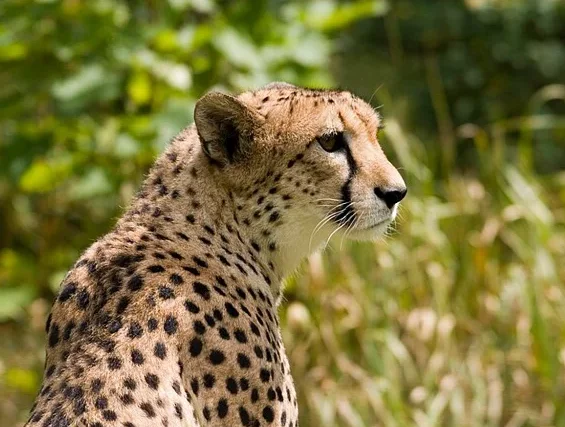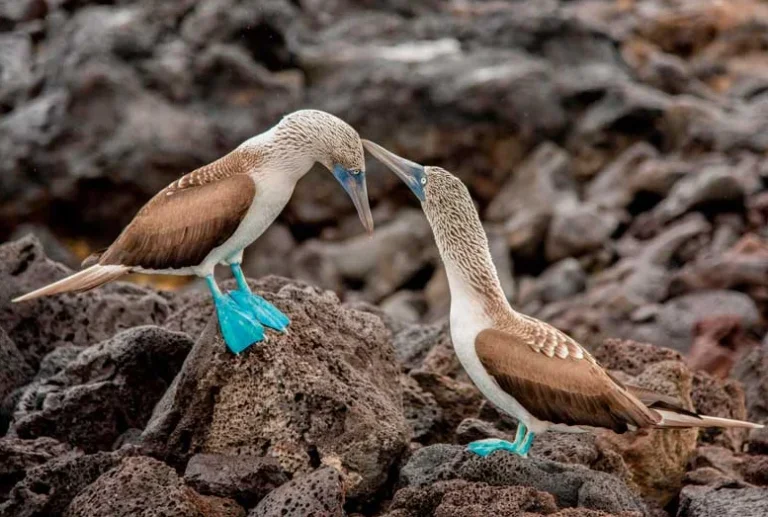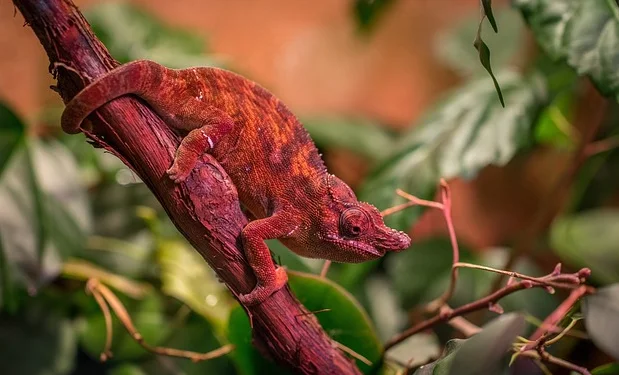Biodiversity: A Stunning Symphony of Life and Resilience
Biodiversity is like the world’s grand puzzle, rich with vibrant fragments that combine to form the magnificent fabric of life that surrounds us. Imagine a forest where small insects are busy buzzing in the air, towering trees strive for the sky, and brilliant flowers splash color across the ground.
Every component of this complex web of life, from the biggest elephant to the smallest bug, has a unique function. Biodiversity isn’t only about the variety of plants and animals that exist; it’s also about how these species interact and support one another. Our world wouldn’t be the vibrant, bustling place it is today without it. Let’s examine the wonders of biodiversity and the reasons that each tiny detail counts.
Understanding Biodiversity: The Fabric of Life
The term “biodiversity” refers to the great diversity of life on Earth, which includes all living things, their genetic variations, and the ecosystems they generate. It is not merely a catchphrase. The complicated web of life on our planet is essential to keeping it healthy. Investigating biodiversity’s various facets—such as its kinds, significance, challenges, conservation initiatives, and our vision for the future—is crucial to understanding it completely.

Types of Biodiversity
Three major categories can be used to generally classify biodiversity: species variety, ecological diversity, and genetic diversity. Variations within a species are referred to as genetic variety, which enables populations to adjust to shifting environmental conditions. Dog breeds serve as an excellent example of how genetic variances can result in a variety of physical characteristics and temperaments. Conversely, species diversity refers to the range of species found in a given ecosystem or environment. Every species, from the smallest microbes to the biggest mammals, has a distinct function in its surroundings.
Diversity in ecosystems refers to the range of habitats that are home to diverse organismal groups. Every ecosystem, whether it be a dry desert or a lush rainforest, has a unique set of relationships and interactions among its residents.These relationships support resilience to shocks and balance maintenance. Ecological stability depends on the intricate web of life that is created when these three forms of biodiversity come together.
Furthermore, realizing the different forms of biodiversity enables us to appreciate the interdependence of all living things. One species’ extinction may have a domino effect on other species, illustrating the complex interactions that keep ecosystems intact. This knowledge emphasizes how important it is to preserve biodiversity in its entirety because it all plays a role in maintaining the stability and health of our planet.
Importance of Biodiversity
More than just being beautiful, biodiversity is essential to human survival and well-being. Essential ecosystem services like clean air and water, crop pollination, and climate management are made possible by biodiversity. As an example, trees function as carbon sinks, drawing carbon dioxide from the atmosphere and assisting in the slowing of global warming. Wetlands also serve as pollution filters, enhancing water quality and sustaining a wide variety of wildlife.

Additionally, biodiversity has great cultural and financial significance. Local biodiversity is essential to the livelihoods of many people worldwide, whether they are engaged in tourism, fishing, or agriculture. Different locations’ distinctive flora and wildlife enhance human experiences by fostering cultural identities and customs.Additionally, a wide variety of species improves food security by offering a choice of animals and crops resistant to pests and illnesses.
It is also impossible to ignore biodiversity’s promise as a medical resource. Plants and animals are the sources of many of our most potent remedies. Our chances of finding novel therapies and remedies increase with the diversity of species we protect. Protecting biodiversity, then, affects not only the environment but also our economy, culture, and health.
Threats to Biodiversity
The stability of biodiversity is threatened by a number of factors, notwithstanding its significance. One of the main causes of biodiversity loss is habitat destruction, which is mostly brought on by logging, agriculture, and urbanization. The species that depend on fragmented or damaged natural habitats find it difficult to live, which can result in population declines and, in extreme circumstances, extinction.

An further significant threat to biodiversity is climate change. Ecosystems are disrupted and species are forced to adapt, move, or risk extinction as a result of rising temperatures, changing weather patterns, and an increase in the frequency of extreme weather events.
For example, coral reefs are extremely vulnerable to temperature fluctuations and are already facing widespread bleaching events, endangering the wide variety of marine species that depends on them.
A negative contribution to the reduction of biodiversity is also made by invasive species. Ecosystems undergo major changes when non-native species are introduced because they frequently outcompete native species for resources. It may be further reduced if this imbalance causes native species to become extinct or decline. Identifying these issues is the first step in creating conservation measures that work.
Conservation Efforts
Global, national, and local collaboration in conservation initiatives is necessary to combat biodiversity loss. For the purpose of protecting endangered species and maintaining their ecosystems, protected places such as national parks and wildlife reserves are crucial. These places support ecosystem functioning and offer wildlife shelter. Furthermore, maintaining sustainable fisheries and preserving maritime biodiversity depend on the creation of marine protected zones.

Local communities are given the ability to actively participate in protecting their natural resources through community-based conservation projects. Through community engagement, these programs guarantee that conservation activities are in line with local needs and customs while also fostering a sense of stewardship.Sustainable agricultural methods that support biodiversity and give farmers a means of subsistence are good examples.
Global collaboration in biodiversity protection is greatly aided by international agreements such as the Convention on Biological Diversity. These accords push nations to create plans and pool resources to save biodiversity more broadly. These initiatives can help reverse the trend of biodiversity loss by increasing awareness and encouraging action, ensuring that future generations inherit a thriving and diversified planet.
The Future of Biodiversity
In the long run, it depends on what we do together now. The conservation of biodiversity must be given priority in sustainable practices as we face issues like habitat loss and climate change. This entails reconsidering how we interact with the natural world, adopting environmentally friendly technology, and lending support to conservation efforts that safeguard animals and their ecosystems.
Promoting a culture of respect for biodiversity requires a strong emphasis on awareness and education. We can inspire future leaders and environmental campaigners by educating younger generations about the value of biodiversity.Participating in neighborhood conservation projects, like planting trees and restoring habitat, can help foster a sense of belonging and accountability.
In the end, it’s destiny rests on human willingness to live in harmony with the natural world. We can make the world healthier and more sustainable for everyone if we value and safeguard the variety of life forms that coexist on our planet. The decisions we make now will influence future generations’ wonderful life experiences.






